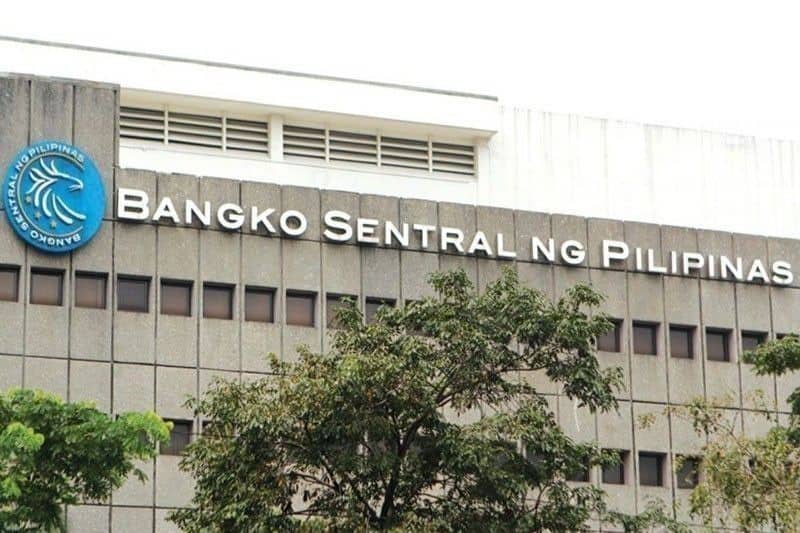
MANILA, Philippines — Residential real estate prices booked their biggest increase in the second quarter on the back of the huge demand for high-end projects, higher prices of construction materials and labor costs amid the COVID-19 pandemic.
Data released by the Bangko Sentral ng Pilipinas (BSP) yesterday showed the residential real estate price index (RREPI) surged 27.1 percent to hit a record 149.4 in the second quarter from 117.5 in the same quarter last year.
“This is the highest year-on-year growth rate recorded since the start of the series in Q1 2016,” the BSP said in a statement.
The RREPI was launched in the first quarter of 2016 and is used as an indicator for assessing the real estate and credit market conditions in the country.
The BSP said banks attributed the sharp uptick in property prices in the second quarter to higher demand for high-end projects that drove the average price per square meters upward as well as rising prices of construction materials, labor costs and other indirect costs.
Banks granted a higher percentage of loans granted for houses with prices above P100,000 per square meter, that comprised almost half or 49.5 percent of total loans in the second quarter from 24.5 percent in the same quarter last year.
Consequently, the average, median and minimum price per sqm grew year on year by 66 percent, 122.9 percent and 317.5 percent, respectively.
The BSP said the highest contributors to the increase in housing prices were loans for the purchases of condominium units particularly in the National Capital Region (NCR) as well as single attached or detached houses.
Data showed prices of condominium units surged by 30.1 percent to 197.5 in the second quarter from 151.8 in the same quarter last year, while that of single attached or detached houses went up by 24.1 percent to 125 from 100.7.
Likewise, the price of townhouse units inched up by 10.8 percent to 148.4 from 133.9 and that of duplex housing units was steady at 112.3 from 111.4.
The BSP said residential property prices grew at a faster pace in NCR at 34.9 percent to 178.3 compared with those in areas outside NCR at 18.5 percent to 130.8 in the second quarter of the year.
The BSP noted that residential real estate loans for new housing units plunged by 55.2 percent in the second quarter from the same quarter last year and by 54.9 percent compared to the first quarter of the year.
It added the average appraised value per square meter of new housing units surged by 66 percent year on year and 24.2 percent quarter on quarter as all types of housing units booked higher average appraised values.
Data showed the purchase of new housing units accounted for 84.8 percent of the total residential real estate loans from April to June this year. A total of 62.7 percent of the borrowers purchased condominium units followed by 32.1 percent for single-attached or detached houses, and 4.8 percent for townhouses.
Last month, the central bank’s Monetary Board raised the loan limit to the real estate sector by universal and commercial banks to 25 percent of total loan portfolio from the previous 20 percent.
BSP Governor Benjamin Diokno earlier said the move would release P1.2 trillion in additional liquidity for lending to the sector amid the ongoing COVID-19 pandemic.
Data showed disbursements to the real estate sector went up by 16.8 percent to P1.72 trillion and accounted for 18.5 percent of the total loan disbursements in end June.
#realestateblogph | #realestateblogphpropertynews | #REBPH
Article and Photo originally posted by Philippines Star Global last September 26, 2020 12:00am and written by Lawrence Agcaoili.







More Stories
Vista Land Celebrates 50 Years with Sandiwa: An Event Honoring Leadership, Legacy, and the Filipino Dream of Homeownership
Vista Land Celebrates Love Month in Ilocos Region
Vista Land Bridges Cebuano Heritage and Progress with Valencia by Vista Estates